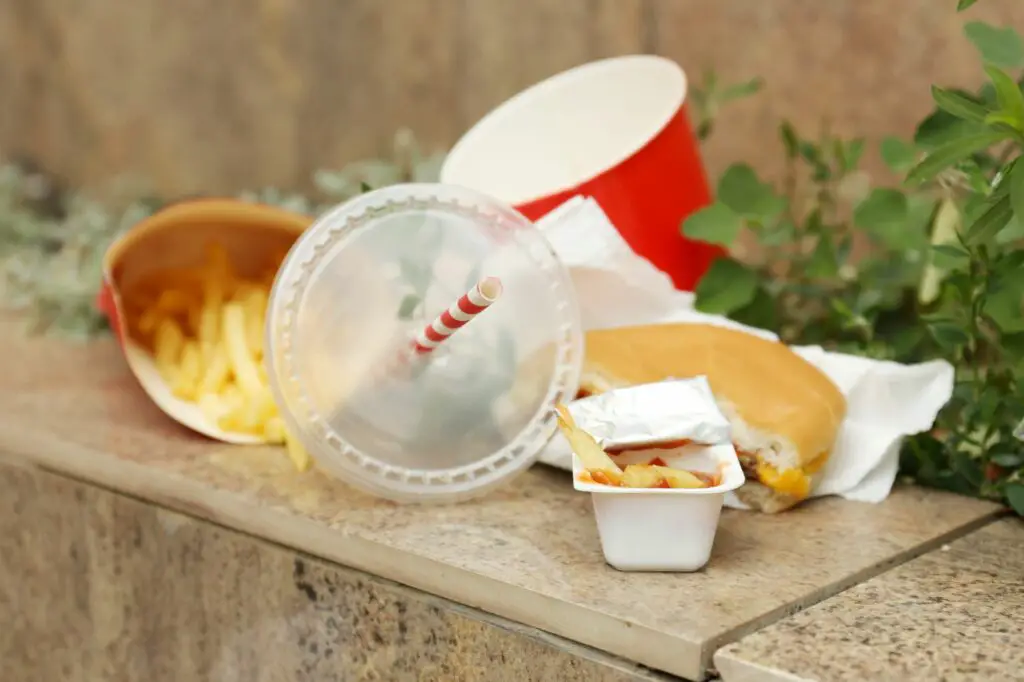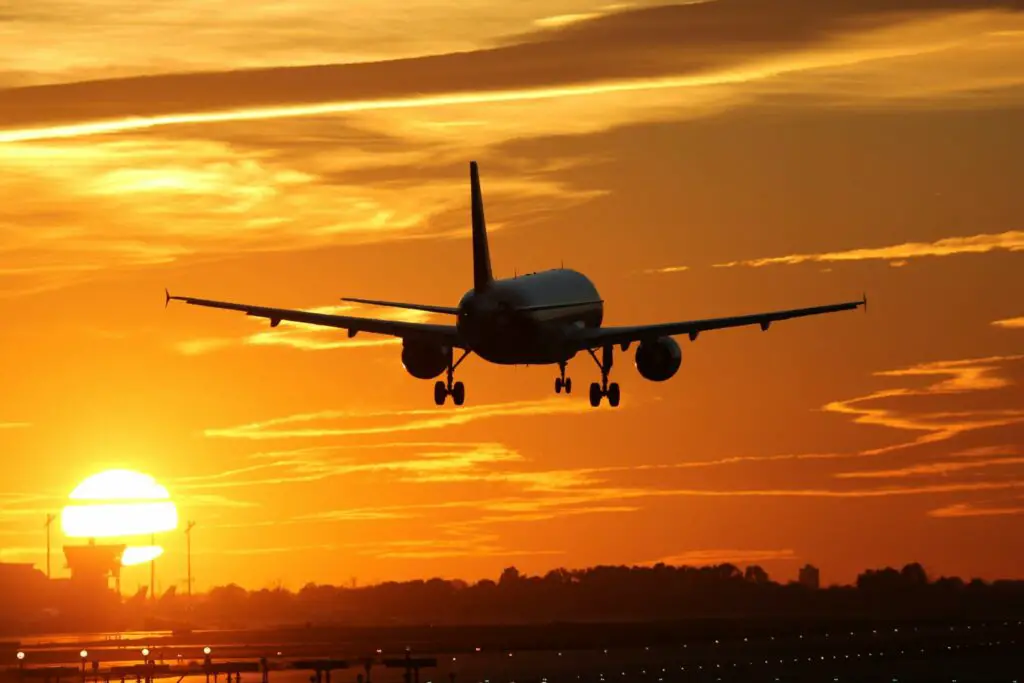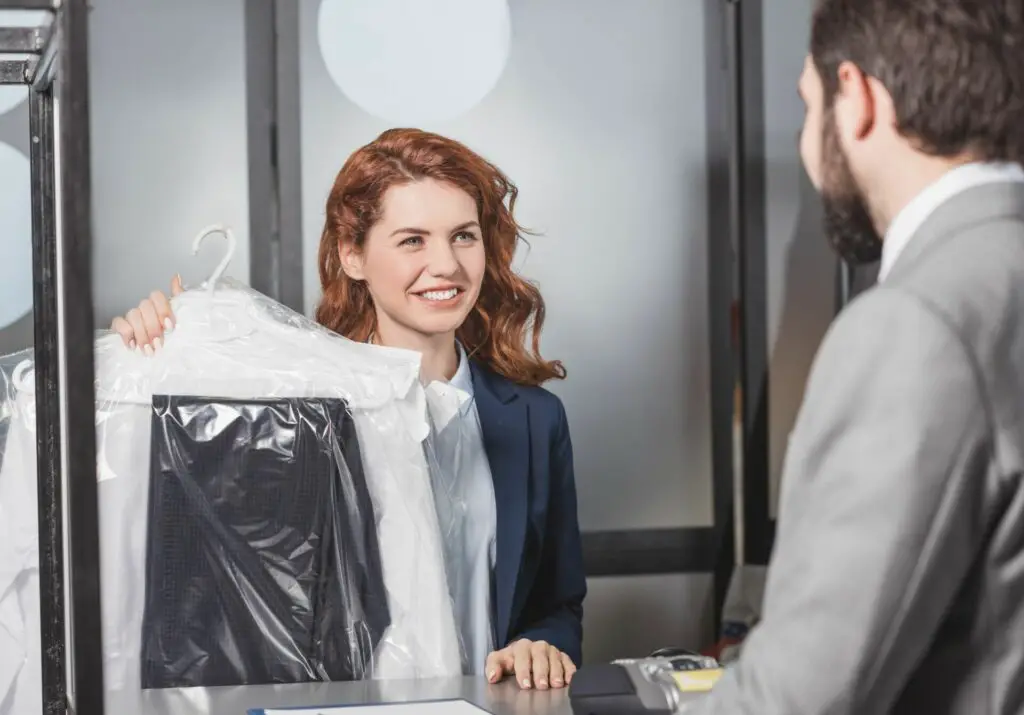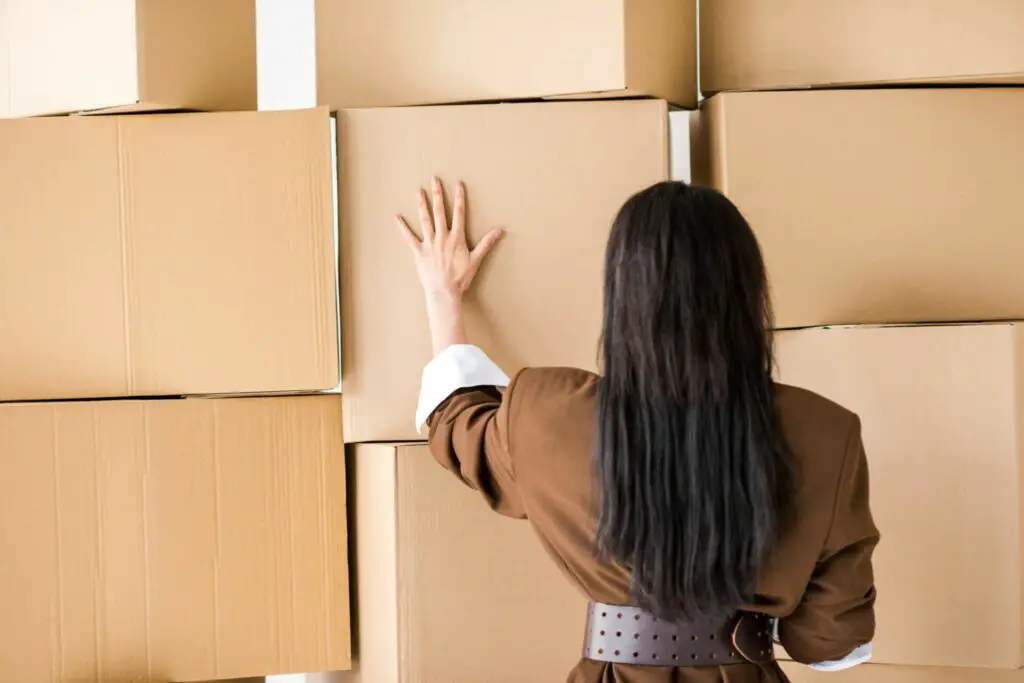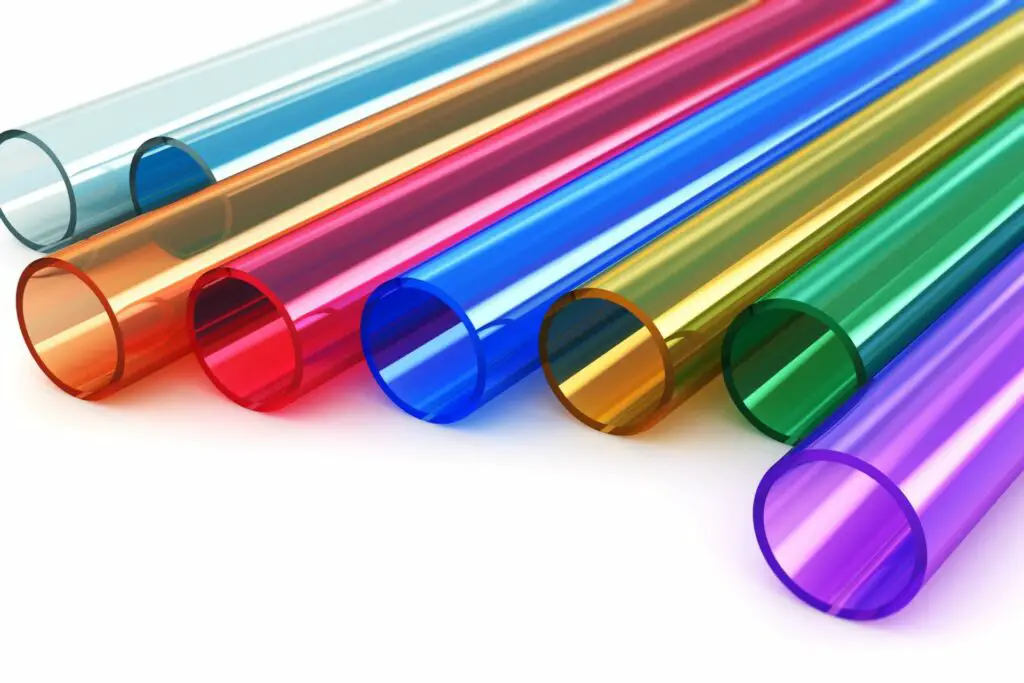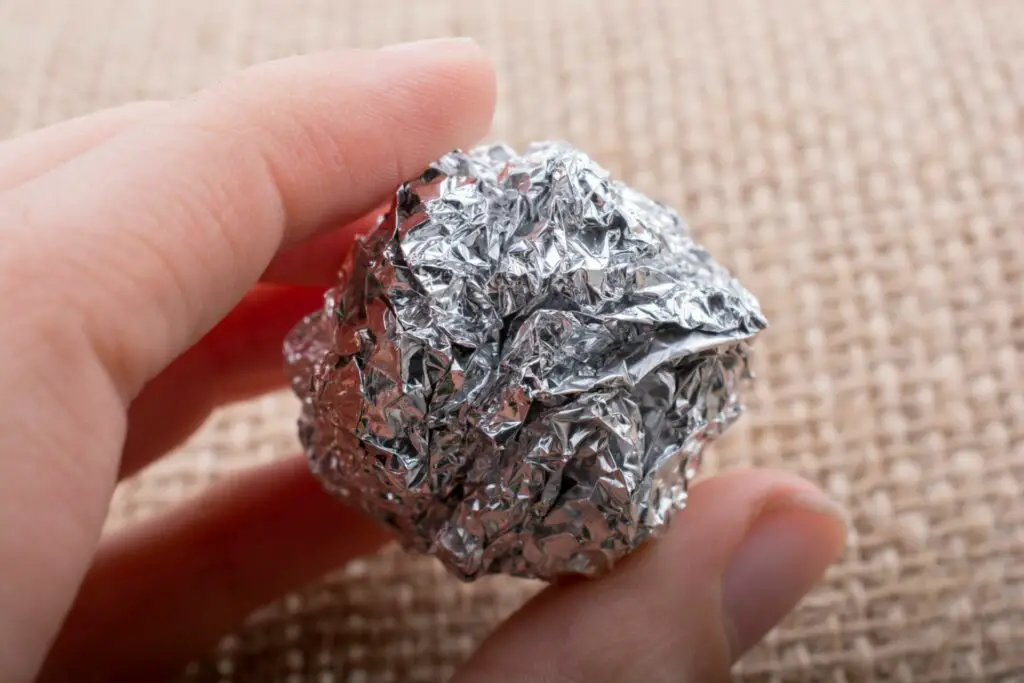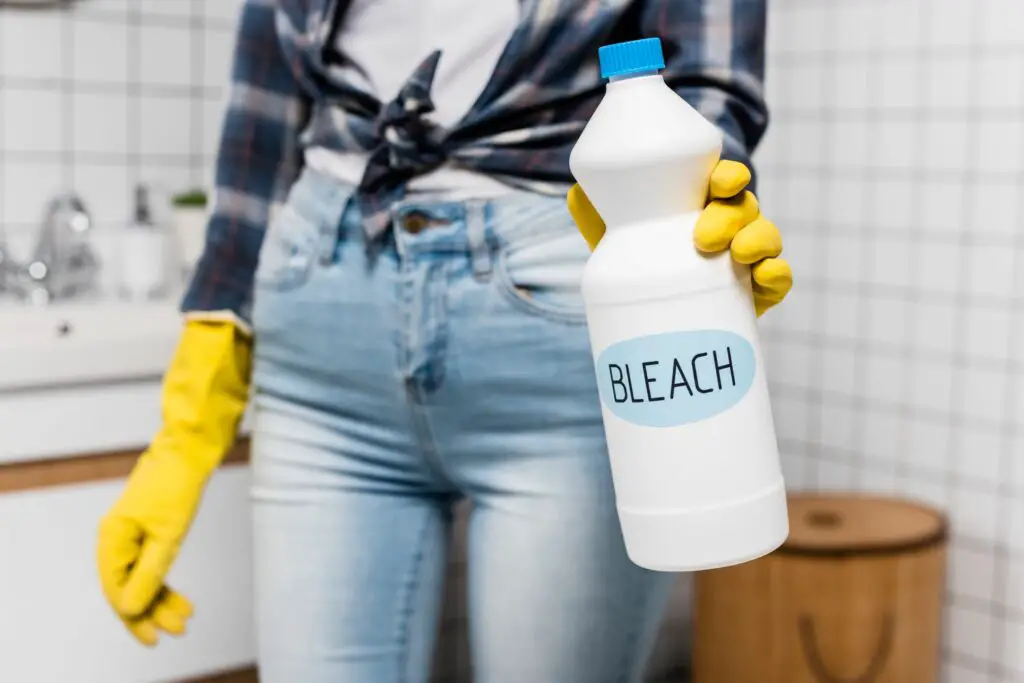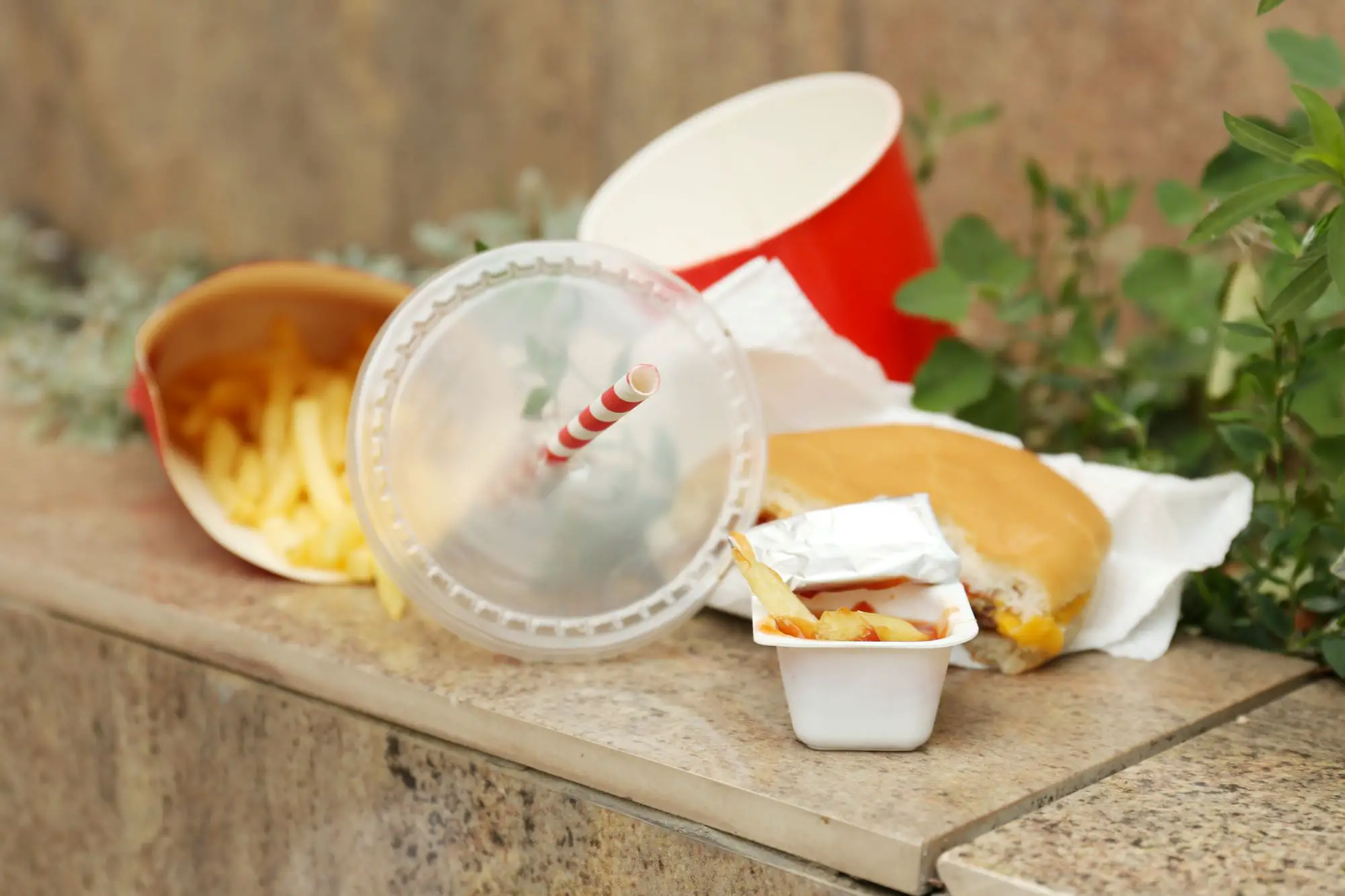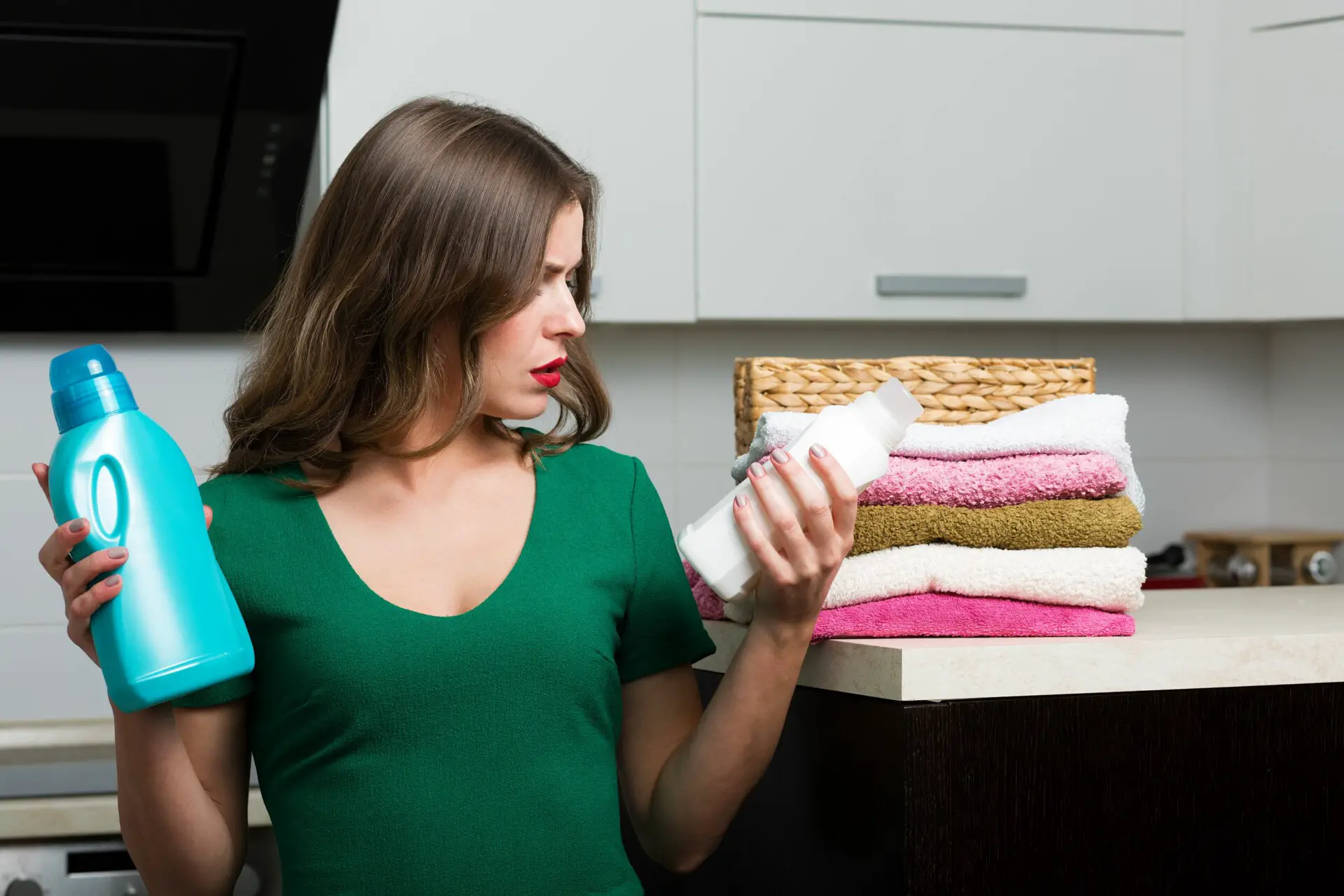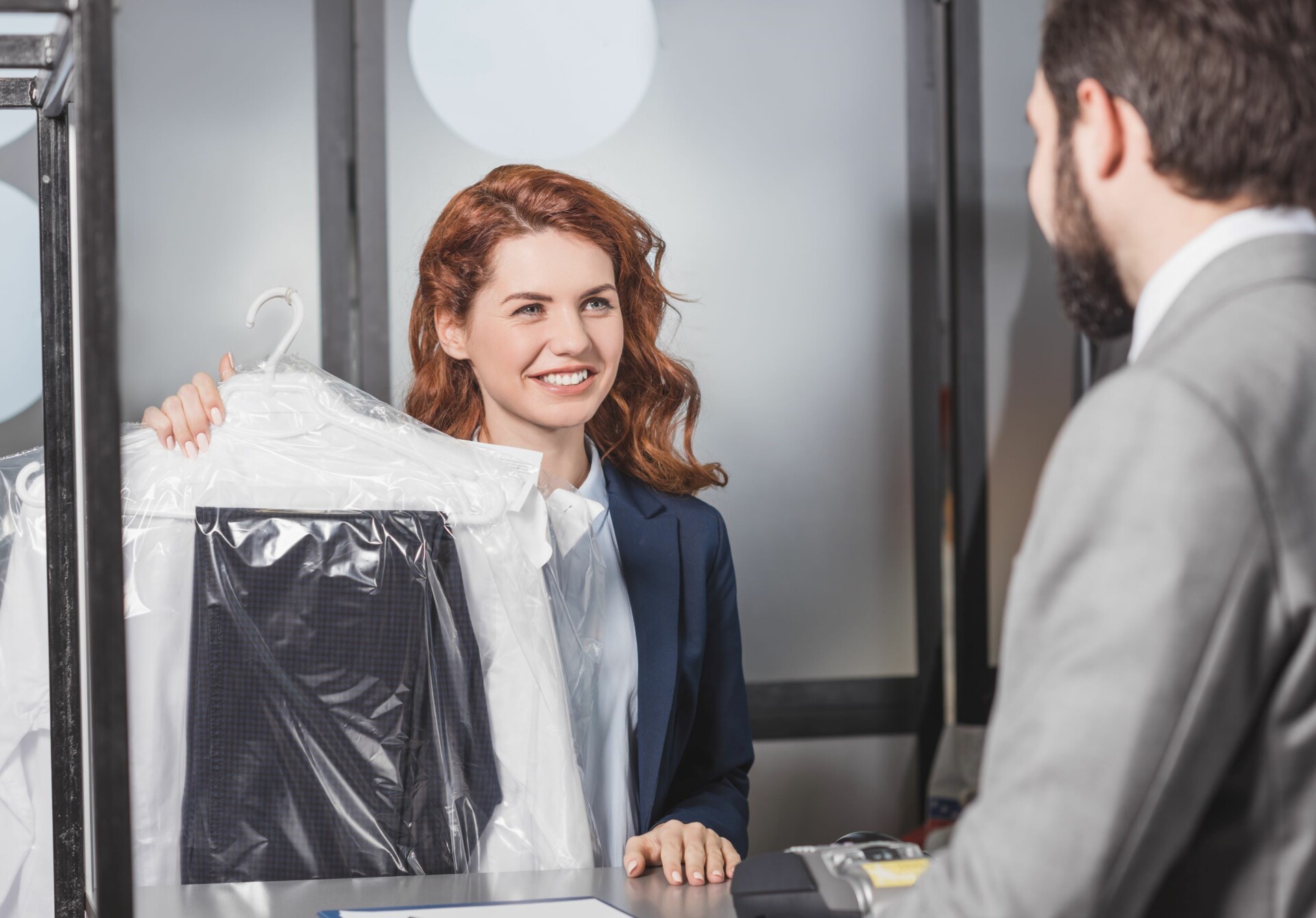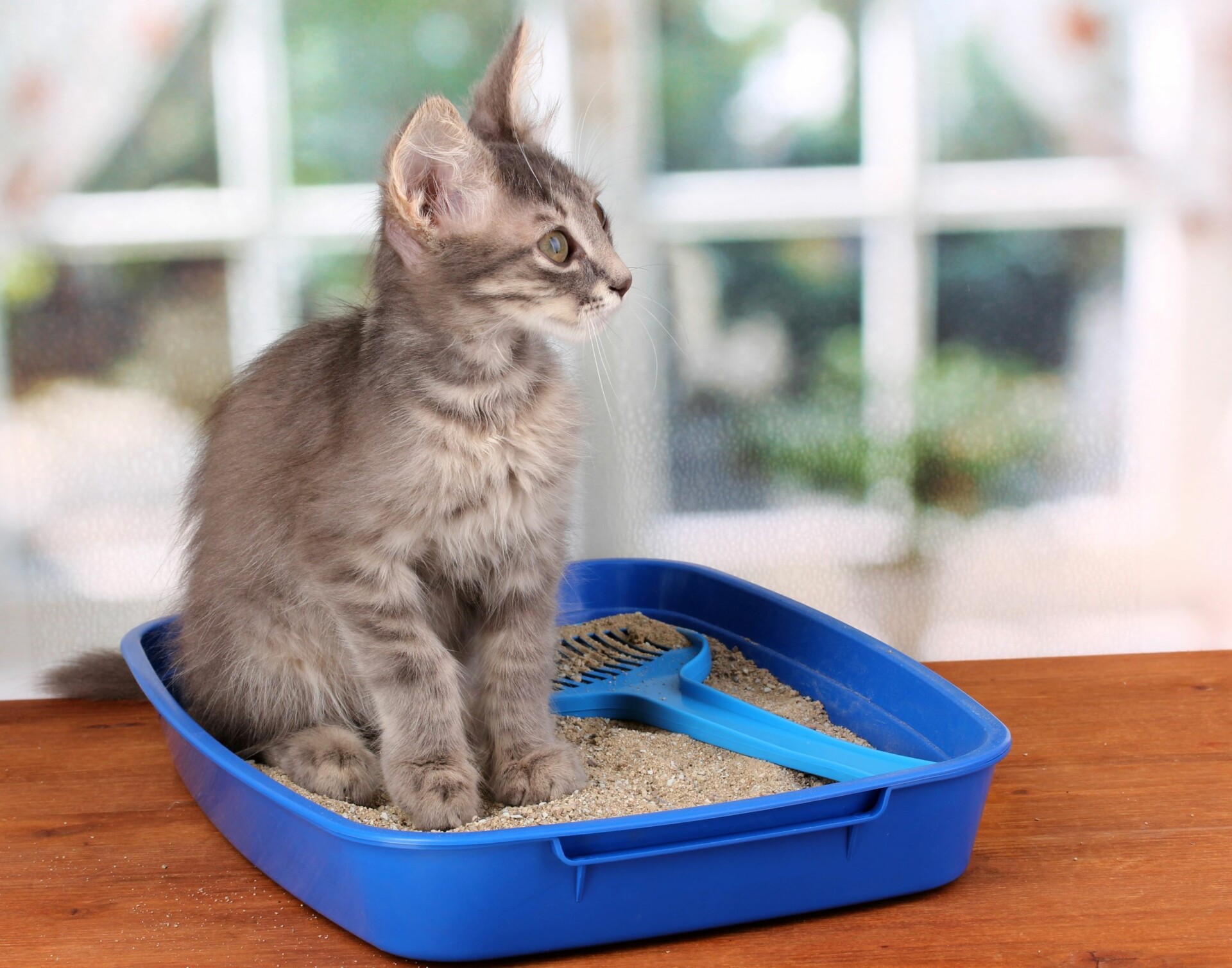Dryers are convenient, but they’re not exactly a green appliance.
Dryers are bad for the environment because they require a lot of energy and can even contribute to pollution.
Here’s everything you need to know about dryers and sustainability.
1. How Do Dryers Affect the Environment?
The biggest environmental issue when it comes to dryers is high energy use.
Most households are not powered by renewable electricity.
In fact, in the US, only about 12% of energy use comes from renewable sources.
Worldwide the figures aren’t much better, with 80% of the energy coming from burning fossil fuels and only 10% from renewable resources in 2020.
As a result, using high-energy appliances like dryers contributes to the emission of greenhouse gases.
Dryers also have an average lifespan of 10 to 13 years, so people typically go through several dryers in their lifetime.
Fortunately, they are recyclable. You may be able to send them to scrap metal recycling facilities or return them to the retailer when you buy a new dryer.
Dryers are mostly made of metal – which is non-renewable.
Sourcing metal is also unsustainable as mining is a huge cause of pollution and environmental degradation (more on that here).
Recycling appliances like dryers can help reduce demand for new metal and save energy from producing new appliances from scratch.
An indirect detrimental environmental effect is that dryers can damage clothing, which means you will need to buy new clothes sooner.
Almost 70% of clothes are made from synthetic fibers, such as acrylic and polyester, which are made from plastic. These materials are non-renewable.
They’re also a big source of microplastic pollution as these materials shed microfibers in the washing machine and in the dryer.
Given that the fashion industry accounts for 10% of global greenhouse gas emissions from human activity, dryers shortening the lifespan of clothes is a cause of concern.
2. Do Dryers Cause Pollution?
While using energy sourced from fossil fuels massively contributes to the greenhouse effect, that’s not the only way dryers tie in with pollution.
A study found that a dryer can release up to 120 million microfibers from clothes every year.
Microfibers are not just microplastics from synthetic materials like polyester, although these are by far the most problematic.
Natural fabrics like cotton also shed microfibers in the dryer, even if they do not contain plastic.
While the likes of cotton and bamboo may be biodegradable, these materials can still cause environmental harm.
Water from the washing machine goes through wastewater treatment before eventually ending up in the ocean, whereas dryer air is pushed through vents into the environment without this kind of treatment.
Studies show that microfiber shedding can be harmful to humans and animals who inhale these particles.
They are especially harmful to young children whose lungs are still growing; microfibers can also interfere with how the lungs repair themselves.
Plus, microfibers may even absorb existing environmental pollutants and help to spread them even further.
These microplastics from the dryer are also harmful to small animals who mistake them for food.
Animals who consume them can starve to death as their stomachs are full of materials they cannot digest.
3. Do Dryers Contribute to Climate Change?
Using high-energy appliances when the energy is sourced from non-renewable sources contributes to climate change.
So yes, electricity use is the biggest way in which dryers contribute to climate change.
In the US, 25% of greenhouse gas emissions are caused by electricity production.
While renewable energy is not exactly carbon-neutral, it is considerably greener.
For example, wind turbines and solar panels do not generate CO2 once they’re up and running, but setting them up in the first place requires energy and resources.
Turning the dryer on for one hour requires 4 kW of energy and accounts for approximately 1.8 kg (4 lbs) of CO2.
If you were to wash and dry a load of laundry every two days, it would account for 440 kg (970 lbs) of CO2 equivalent annually.
Even newer, more energy-efficient dryers are still big culprits when it comes to climate change, as using them three times a week still generates more than 160 kg of CO2 annually.
4. Are Dryers Necessary?
Whether dryers are necessary depends on where you live and the time of year.
If you live in a cold, damp climate – or it’s wintertime – then dryers are more of a necessity because you cannot sun dry your clothes.
The same may apply if you live in an apartment with no balcony – you have to dry your clothes in the dryer because hanging wet clothes inside can result in mold.
Many people have no choice but to continue to use a dryer, but it is more sustainable to only use dryers when absolutely necessary.
5. What Type of Dryer Is the Most Eco-Friendly?
When it comes to electric tumble dryers, there are basically three types: vented dryers, condenser dryers and heat pump dryers.
Out of those three, heat pump dryers are the most modern type and use significantly less electricity.
Vented dryers are technically obsolete and incredibly inefficient since they expel the hot air into the environment.
Heat pump and condenser dryers, on the other hand, recycle the warm air that passes through the condenser to dry the clothes, which saves on energy.
Heat pump dryers in particular also use much lower temperatures compared to other kinds of dryers, which is not only gentler on the clothes, but also more energy-efficient.
When it comes to CO2 emissions caused by dryers, this largely depends on the energy composition of your electricity – but as mentioned earlier, the public grid is mainly based on CO2-emitting fossil fuels.
Aside from electric dryers, there are also gas tumble dryers, but they are not as common.
And although they are quite energy efficient, they are still not particularly climate friendly since natural gas is a greenhouse gas emitting fossil fuel.
6. What Are Eco-Friendly Alternatives to Dryers?
Clothes Line
If you have space in your yard, then the most sustainable way to dry your clothes is on a clothes line.
This completely eliminates the need to use electricity and avoids greenhouse gas emissions.
Moreover, since it is gentler than putting your clothes in a dryer, it will also reduce microfiber pollution and make your clothes last longer.
Electric Clothes Horse
If you cannot hang your clothes outside, an electric clothes horse may be the solution.
Most people cannot dry their clothes completely on a clothes horse as it would make their living space damp.
However, an electric clothes horse works by heating the rungs, while other kinds have small fans blowing air onto the clothes.
These generally use less electricity than conventional tumble dryers.
Dryer Balls
Dryer balls cannot replace a dryer completely, but they can make them more energy efficient.
These are reusable plastic balls that can reduce the drying time, thus saving energy.
You Might Also Like…
- Is Fast Food Bad for the Environment? (& What You Can Do)
- Is Fabric Softener Bad for the Environment? (+5 Eco-Friendly Options)
- Is Fuel Dumping Bad for the Environment? (& How Often It Happens)
- Is Electricity Generation Bad for the Environment? (What You Should Know)
- Is Dry Cleaning Bad for the Environment? (4 Surprising Facts)
- Is Diamond Mining Bad for the Environment? (Important Facts)
- Is DEET Bad for the Environment? 4 Effects (You Should Know)
- Is Cat Litter Bad for the Environment? (5 Common Questions)
- Is Burning Cardboard Bad for the Environment? (6 Facts)
- Is Burning Paper Bad for the Environment? (6 Surprising Facts)
- Is Burning Leaves Bad for the Environment? (7 Quick Facts)
- 4 Natural Cleaners for Quartz Countertops
- 6 Eco-Friendly Acrylic Paint Brands (For Sustainable Artists)
- 5 Eco-friendly Alternatives to Acrylic Paint (& How to Make Them)
- Is Acrylic Paint Bad for the Environment? (7 Quick Facts)
- Is Acrylic Yarn Bad for the Environment? 8 Crucial Facts
- Is Acrylic Bad for the Environment? (8 Quick Facts)
- Is Aluminum Foil Bad for the Environment? 7 Quick Facts
- Is Bleach Bad for the Environment? 6 Crucial Facts
- Is Lithium Mining Bad for the Environment? 6 Crucial Facts


